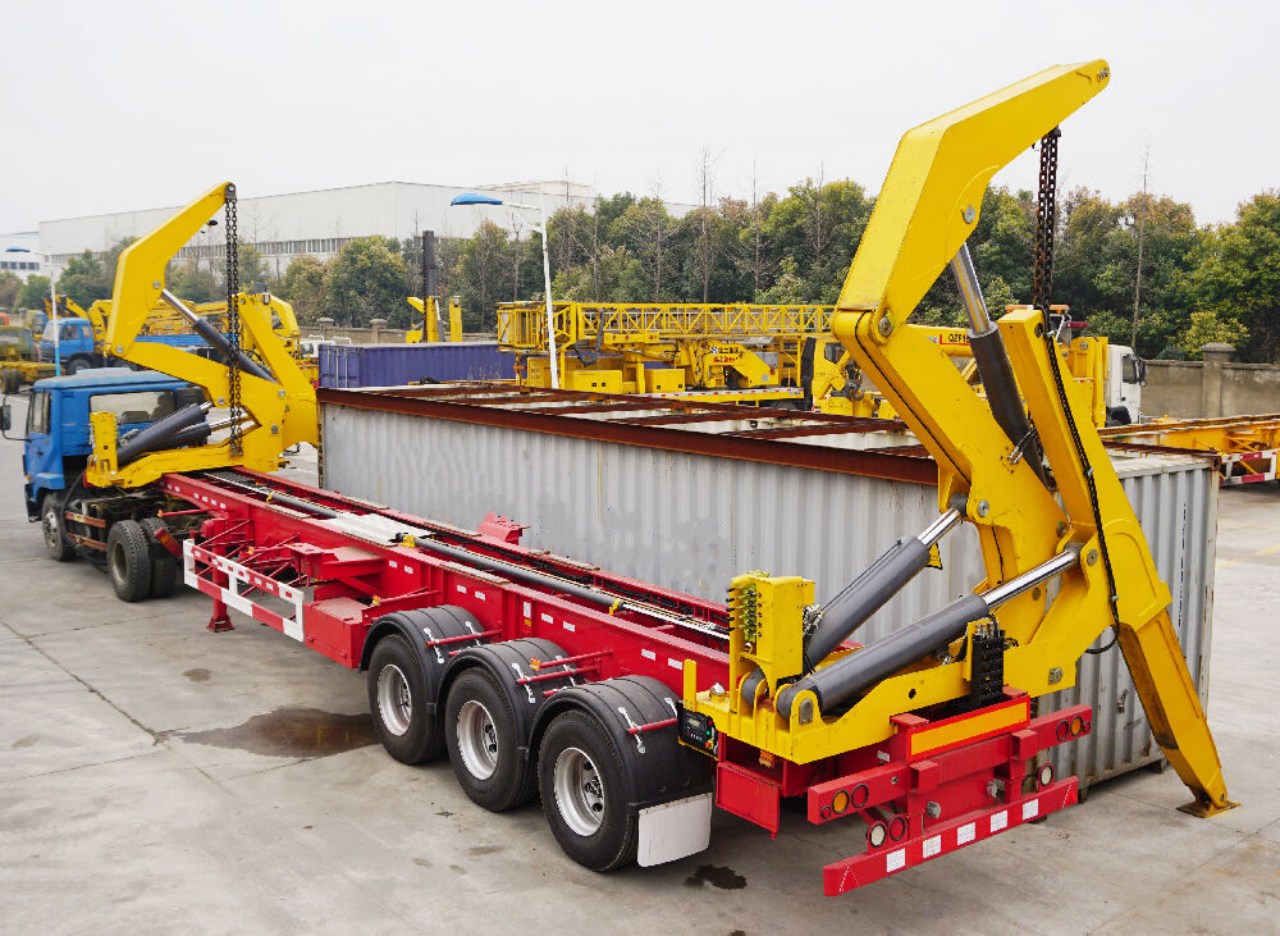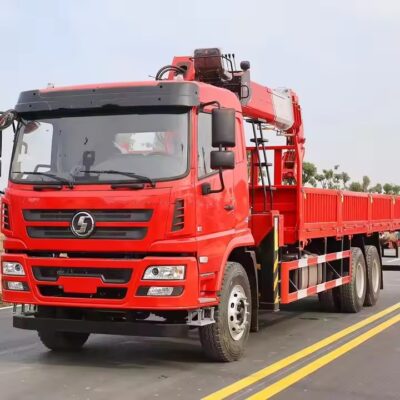In the bustling world of international trade and shipping, the efficient handling and transport of containers play a pivotal role. As globalization continues to reshape the economy, the need for innovative solutions to streamline logistics has become more evident than ever. Among these solutions, side lifter cranes have emerged as a game-changer in container handling and transport. With their unique design and capabilities, side lifter cranes have revolutionized the way containers are moved, offering enhanced efficiency, flexibility, and safety.
Evolution of Container Handling:
Containerization, a breakthrough concept in the mid-20th century, transformed the way goods are transported across the globe. Containers standardized the process, making it possible to seamlessly transfer cargo from ships to trucks and trains without the need for manual loading and unloading. Traditional methods often involved the use of gantry cranes or reach stackers, which had their limitations in terms of space utilization and flexibility.
Enter the side lifter crane, a revolutionary concept that introduced a new dimension to container handling. Instead of relying on top-down lifting like traditional cranes, side lifters are designed to pick up containers from the side. This innovative approach allows for more excellent maneuverability in confined spaces and enables containers to be placed directly onto trucks or trains without additional handling.
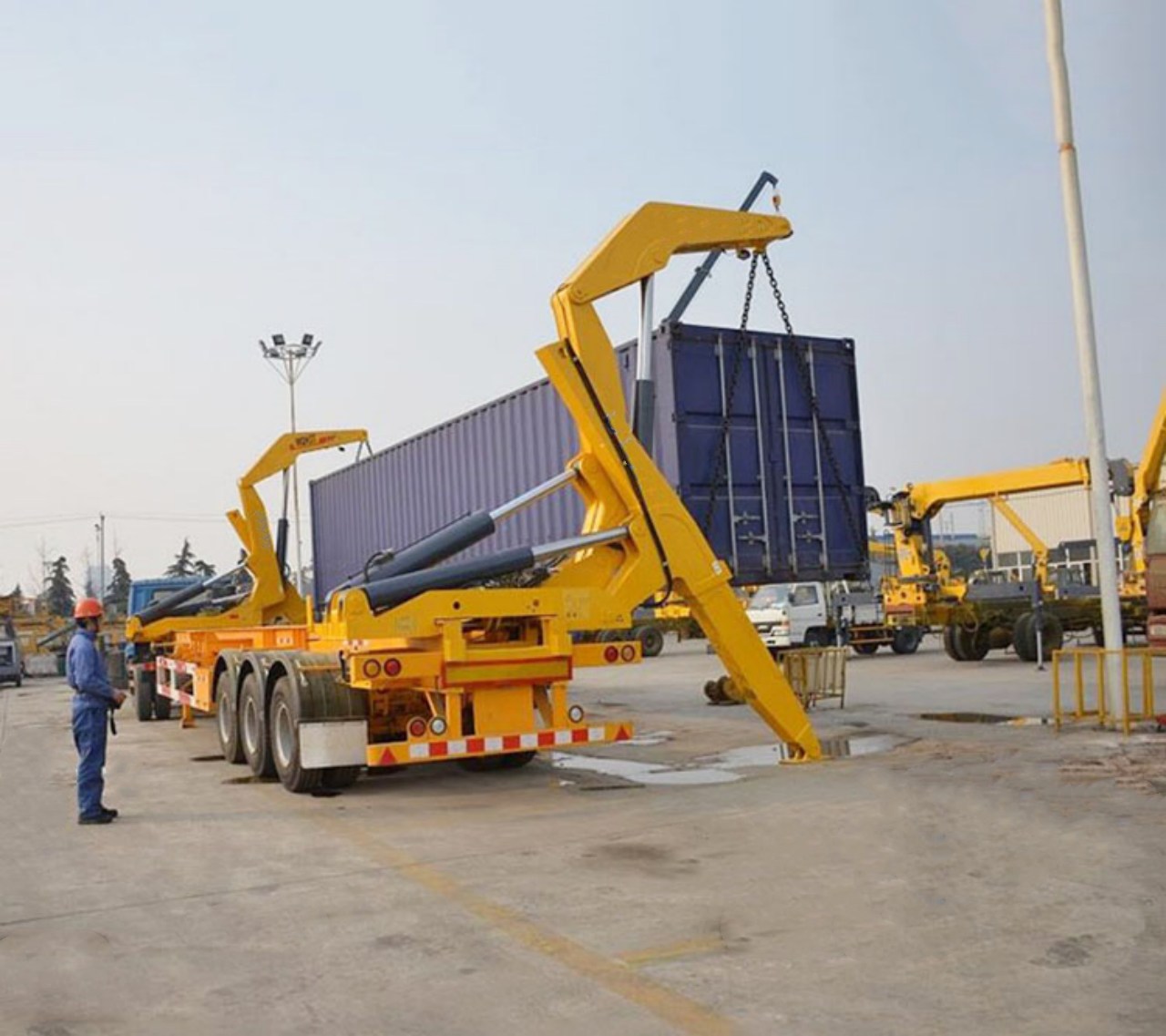
Key Advantages of Side Lifter Cranes:
1. Flexibility and Accessibility:
Side lifter cranes excel in situations where space is limited, such as busy port terminals or construction sites. Their ability to lift containers sideways means they can operate in tight areas where traditional cranes struggle. This flexibility not only improves efficiency but also reduces the need for costly infrastructure modifications.
2. Enhanced Efficiency:
One of the primary advantages of side lifter cranes is their efficiency in transferring containers. Traditional methods often require multiple steps and transfers, leading to delays and increased operational costs. Side lifters simplify the process by directly loading and unloading containers onto trucks or trains, reducing handling time and minimizing the risk of damage.
3. Reduced Labor Dependency:
Automation has been a driving force in modern logistics, and side lifter cranes are no exception. With their advanced control systems, many side lifters can be operated by a single operator, reducing the need for a large workforce. This not only saves costs but also improves safety by minimizing the risk of accidents related to manual handling.
4. Versatility:
Side lifter cranes are designed to handle a variety of container sizes and types. This versatility makes them suitable for a wide range of applications, from transporting standard containers to specialized cargo like refrigerated units or hazardous materials. This adaptability ensures that side lifters remain relevant in an evolving industry.
5. Safety and Precision:
The design of side lifter cranes emphasizes safety and precision. The ability to precisely position containers reduces the risk of accidents and damage, safeguarding both the cargo and the equipment. Additionally, the operator’s control from a distance adds an extra layer of safety, especially when dealing with heavy loads.
Challenges and Future Outlook:
While side lifter cranes offer numerous benefits, they are not without challenges. Initial investment costs can be higher compared to traditional equipment, which might deter some operators from adopting this technology. Additionally, the need for skilled operators who can efficiently manage these advanced machines could pose a hurdle in regions with a shortage of trained personnel.
Looking ahead, the future of side lifter cranes appears promising. As technology continues to advance, we can expect these cranes to become more sophisticated, with improved automation features and remote operation capabilities. The integration of data analytics and real-time monitoring could further enhance their efficiency and performance, reducing downtime and optimizing maintenance schedules.
Furthermore, the global emphasis on sustainable practices and eco-friendly operations could drive the development of more energy-efficient and environmentally friendly side lifter crane models. This aligns with the industry’s growing commitment to reducing its carbon footprint and promoting greener logistics solutions.
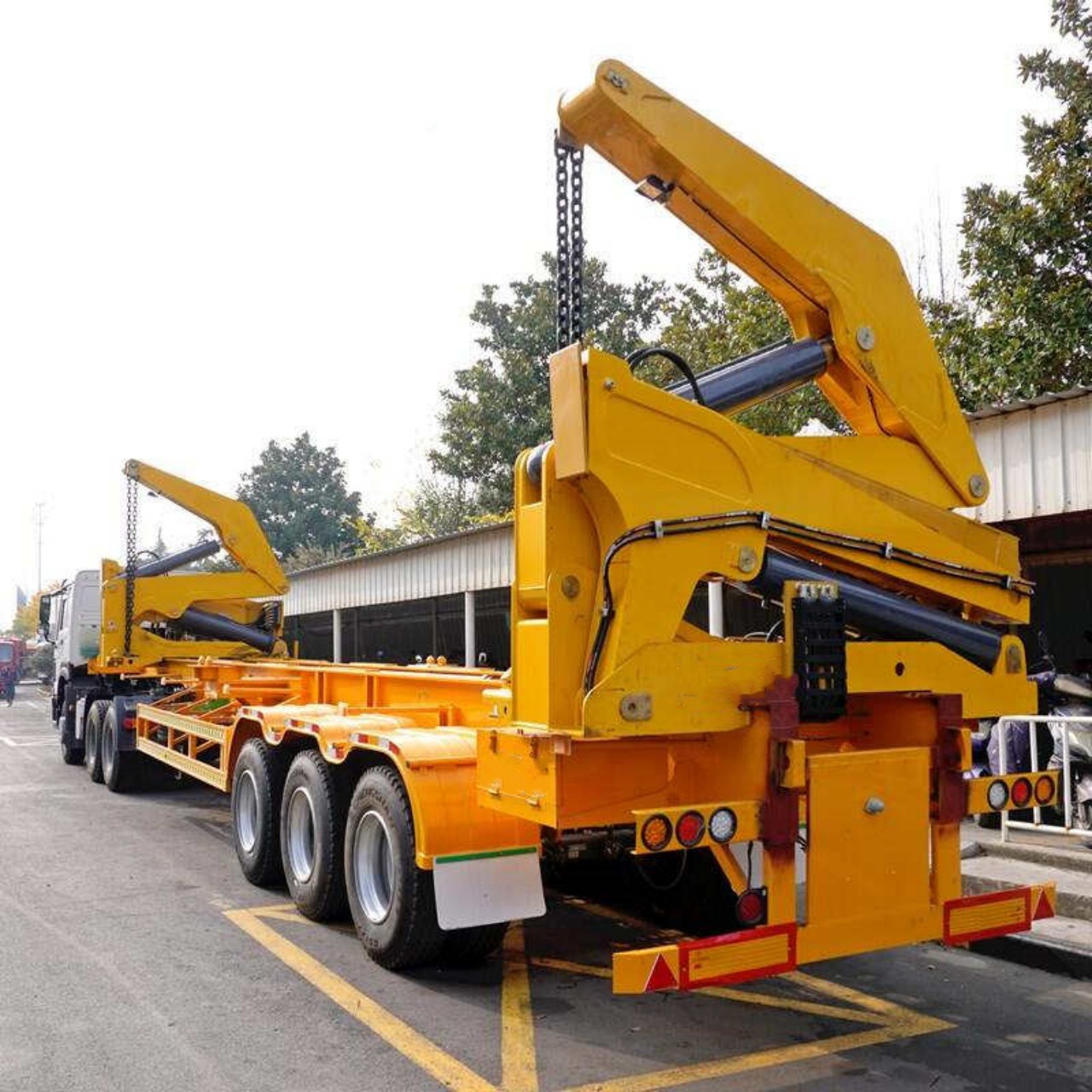
The Real-World Impact:
The real-world impact of side lifter cranes is evident in various industries and sectors. Ports and terminals, which serve as critical nodes in the global supply chain, have witnessed a significant transformation with the integration of these innovative cranes. The enhanced efficiency and reduced handling times translate to faster turnaround times for ships, leading to reduced congestion and improved overall port productivity.
Construction sites, too, have benefited from the versatility of side lifter cranes. The ability to maneuver containers in confined spaces has simplified the logistics of delivering construction materials, reducing the need for manual labor and speeding up project timelines. In disaster relief efforts, where rapid deployment of supplies is crucial, side lifters have proven invaluable in delivering aid directly to affected areas, bypassing logistical bottlenecks.
The logistics industry as a whole has experienced a positive ripple effect from the adoption of side lifter cranes. The streamlined handling process means fewer delays, reduced risk of damage to cargo, and ultimately, cost savings. Moreover, the increased automation and remote operation capabilities align with the ongoing trend towards digitization and Industry 4.0 principles, fostering a more efficient and connected supply chain.
Addressing Challenges:
While challenges such as initial costs and operator training remain, the industry is actively addressing these issues. As the technology matures and gains wider acceptance, economies of scale could drive down the initial investment required to acquire side lifter cranes. Furthermore, training programs and certifications are being developed to ensure that operators are well-equipped to handle these advanced machines safely and effectively.
Collaboration between manufacturers, operators, and industry stakeholders is essential to fully harness the potential of side lifter cranes. By sharing best practices, insights, and success stories, the industry can accelerate the adoption of this technology and create a network of expertise that benefits all parties involved.
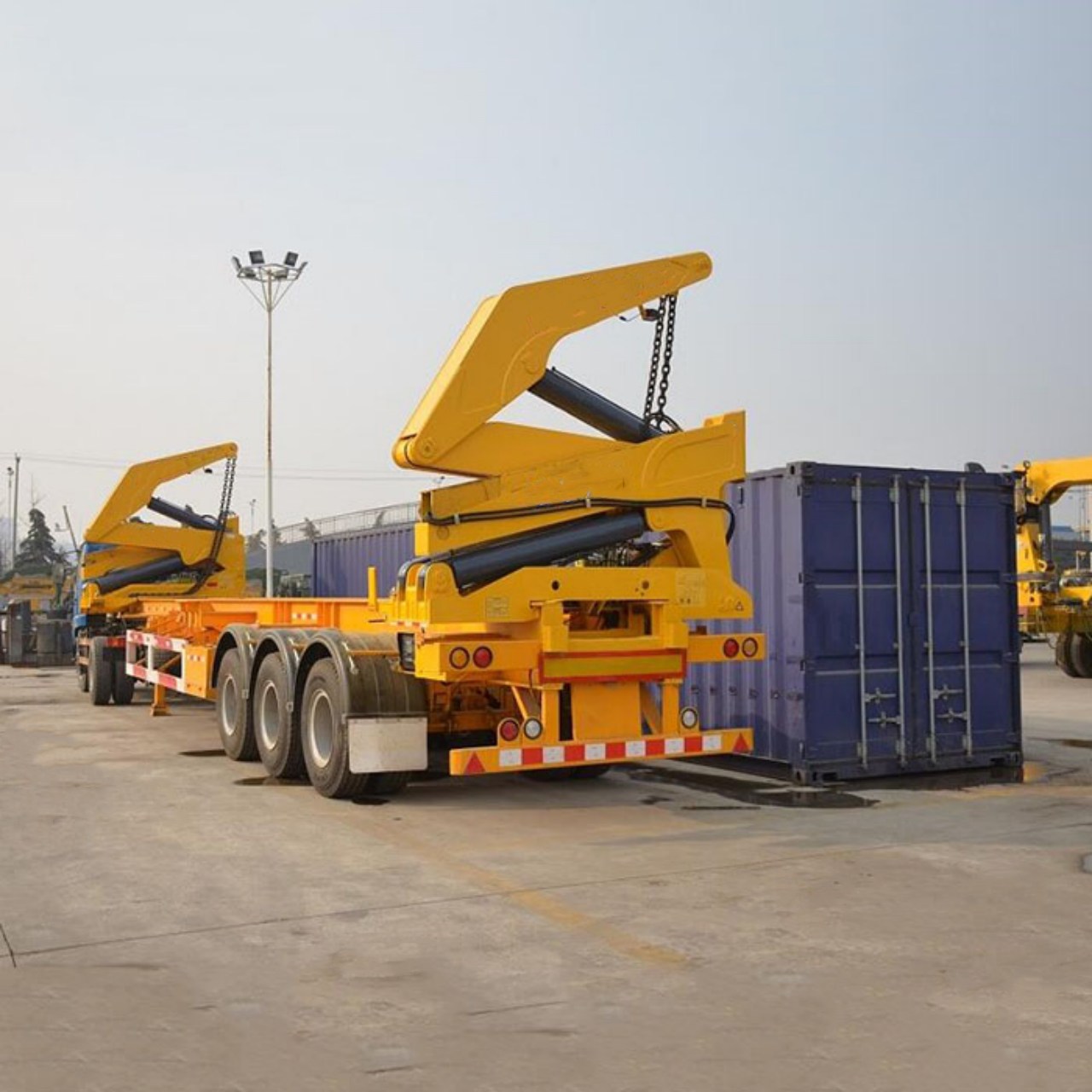
A Greener Future:
As sustainability becomes a central focus across industries, side lifter cranes are poised to contribute to a greener future. Manufacturers are increasingly investing in research and development to design cranes with improved energy efficiency and reduced emissions. Electric-powered models and alternative fuels are being explored to align with global efforts to mitigate the impact of logistics on the environment.
Additionally, the optimization of routes and container handling processes made possible by side lifter cranes can lead to a reduction in overall transportation distances, resulting in lower carbon emissions. This aligns with the broader goal of minimizing the environmental footprint of goods movement while maintaining the efficiency of global trade.
Conclusion:
The evolution of container handling and transport has been marked by transformative innovations that reshape industries and global trade patterns. Side lifter cranes represent one such innovation, offering a novel approach to container manipulation that brings efficiency, flexibility, and safety to logistics operations. From bustling port terminals to remote construction sites, these cranes have proven their worth in various scenarios, facilitating smoother cargo transfer and streamlining supply chains.
While challenges remain, the industry’s commitment to addressing them underscores the importance of this technology. The ongoing development of more sustainable and cost-effective models, coupled with training initiatives for operators, ensures that side lifter cranes will continue to play a vital role in modern logistics.
As we move forward into an era characterized by rapid technological advancements and a growing emphasis on sustainable practices, side lifter cranes stand as a testament to human ingenuity in tackling complex logistical challenges. With their ability to revolutionize container handling and transport, these cranes are not just machines; they are enablers of progress that contribute to the efficiency, safety, and sustainability of global trade networks.
